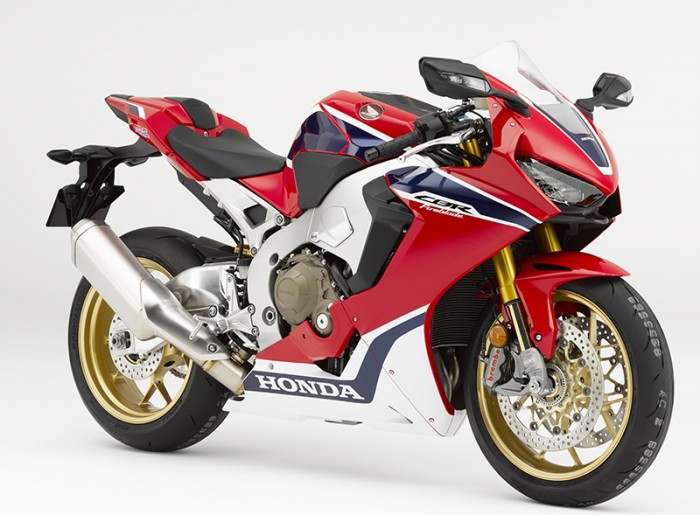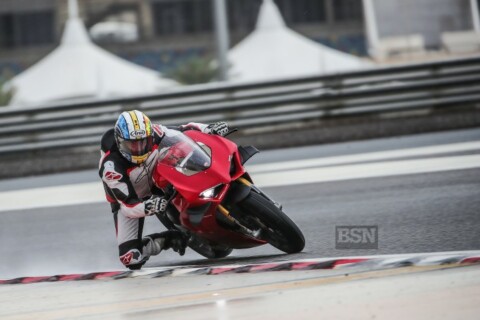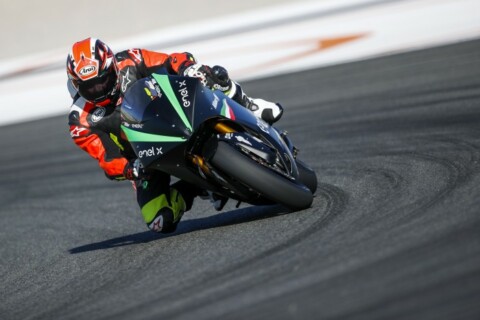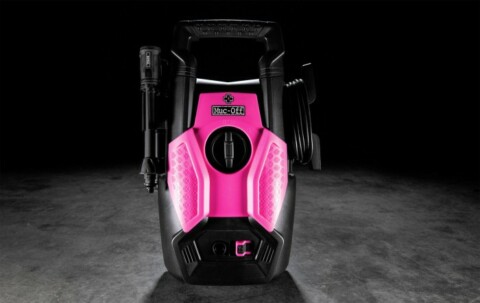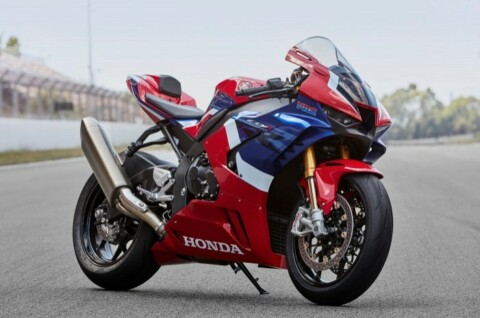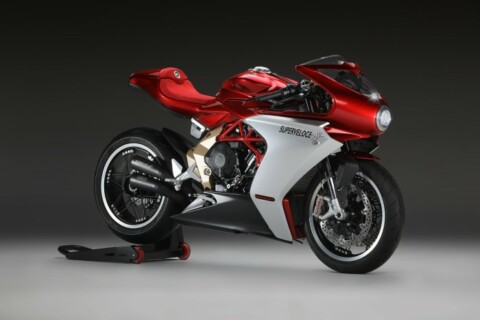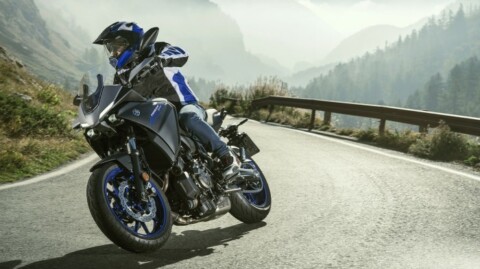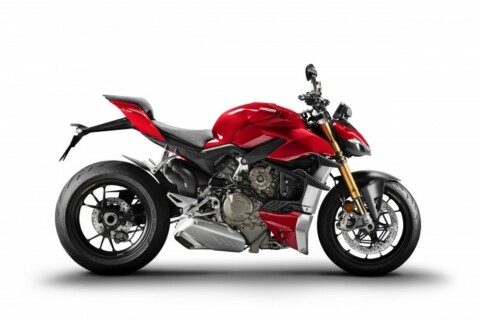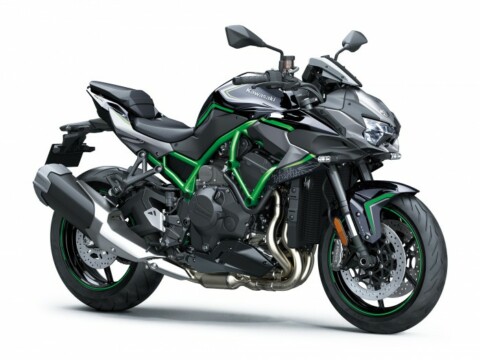Honda’s new 2017 Fireblade is a bit like a bus – you wait for ages, and two come at once. For next year, there will be a brace of flash new ‘Blades – a fancy-road-going SP, and a homologation special SP2 (click here), limited to 500 versions, and aimed solely at the racers amongst you.
But, also like buses, one seems to have been massively delayed. Obviously, if you bring out two fancy versions of a bike, there has to be a base version too. But Honda’s being all coy about this, despite us seeing it in spy pics just a few weeks ago…
Anyway. Ignoring the presence or otherwise of a base 2017 Fireblade, we’ll have a bit of a look at the fancy SP version.
Click here for our picture galleries
Honda’s started off strongly with the basics – power and weight. Because, as has been amply demonstrated over the years (not least by Honda’s first FireBlade in 1992), less weight and more power makes a better bike. It can’t fail to. And all the big leaps forward since 92 – the 1998 Yamaha R1, 2001 Suzuki GSX-R1000, 2005 GSX-R1000, 2009 BMW S1000RR, 2011 Kawasaki ZX-10R – have all stuck to this rule.
How much weight has the Blade lost? A hefty 15kg: an excellent number, when you consider the required addition of Euro IV emissions compliance, as evidenced by the huge side-mounted silencer. What about power? Up by 13bhp – again, pretty good, if not as strong as the weight loss. The competition is claiming up to 210bhp, so Honda’s claimed 192-ish bhp is still down compared with the likes of the ZX-10R and Aprilia’s RSV4.
How did Honda drop so much weight? Well, the cast aluminium frame walls are thinner, saving 300g, and the swingarm is also slimmed down by 100g. A new subframe saves 800g, and a TITANIUM fuel tank drops another 1.3kg compared with a steel unit, while also adding one million cool points. Won’t be so cool when you crash the bugger, and white-hot titanium sparks light up the Optimax like a £18k Roman candle mind…
Wheels and brakes are lighter, and Honda’s even dumped the lead-acid battery for a super-light lithium ion chappie. LED lighting all round further cuts size and mass
So the fundamentals are good: 195kg claimed kerb weight, ready to ride, and 192bhp. Almost, almost 1bhp/kg wet. What about the rest of it though? Well, the electronics was one area where the old bike was massively off the pace, but that’s all sorted now. Honda’s gone all-in, with an industry spec mélange of gizmos, based round the now-ubiquitous Bosch IMU inertial measurement unit. Added to wheel sensors, the IMU’s knowledge of acceleration, braking and lean angles lets Honda provide full traction control, clever leaning ABS, wheelie control, engine braking control and various power-limiting riding modes. To get the best from that means ride-by-wire throttle, and so we also get that, for the first time on an ‘onda.
So far so decent. But there’s more! Honda’s upped the stakes by speccing a full-beans Öhlins semi-active suspension setup, which plugs into the central brain, using a SCU suspension control unit to optimise damping settings depending on how crackers you’re being with the gas. It’s similar to what you find on the Yamaha R1M and Ducati’s Panigale 1299, and will propel the SP1 Fireblade into that top league of superbikes. It more than makes up for not having the Showa gas forks that have appeared on Kawasaki’s ZX-10R we reckon.
We’ve got a good feeling about this bike – although the proof will of course be in the riding. But on paper, it looks like Honda has gotten very serious about its litre superbike…

